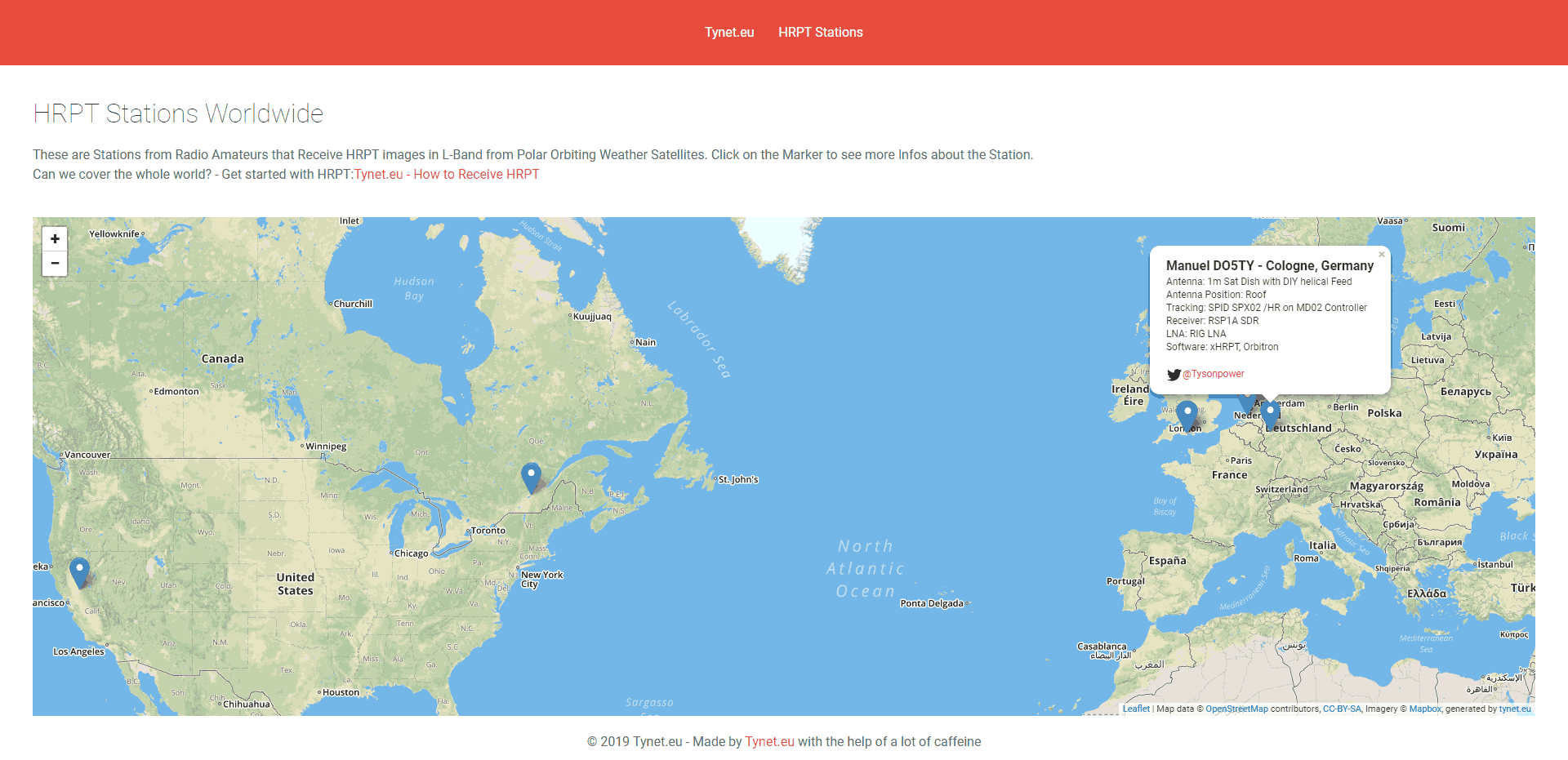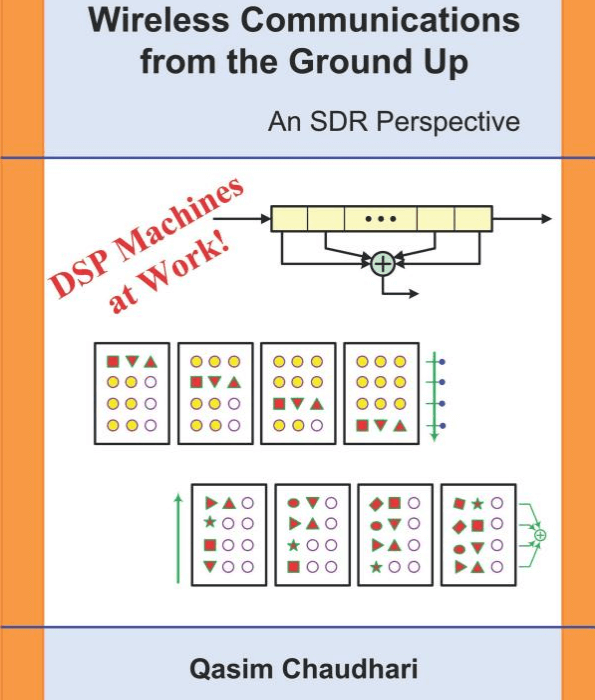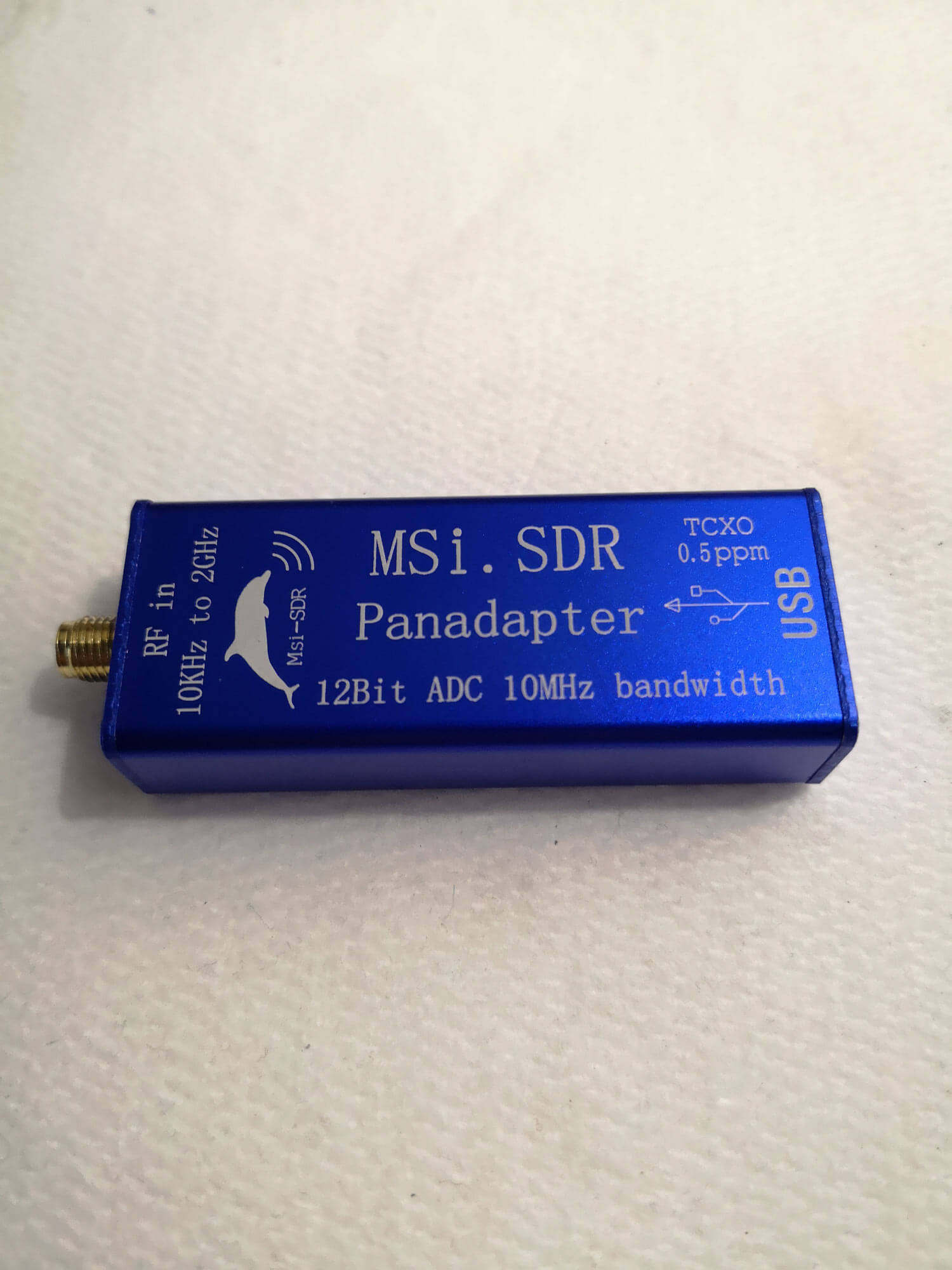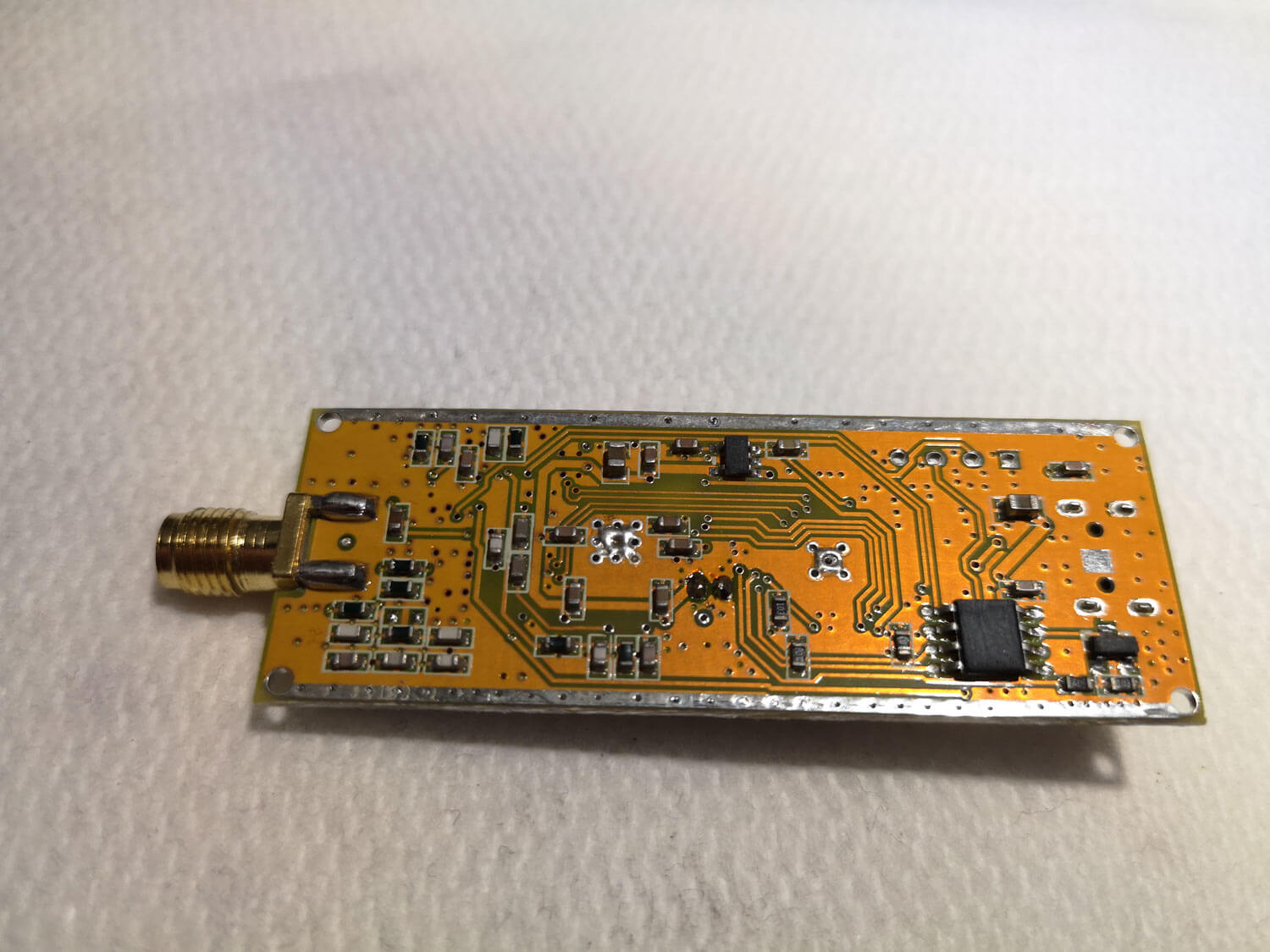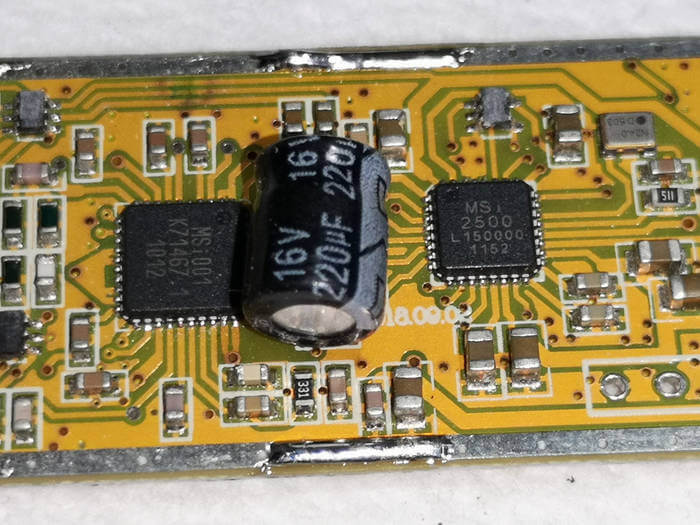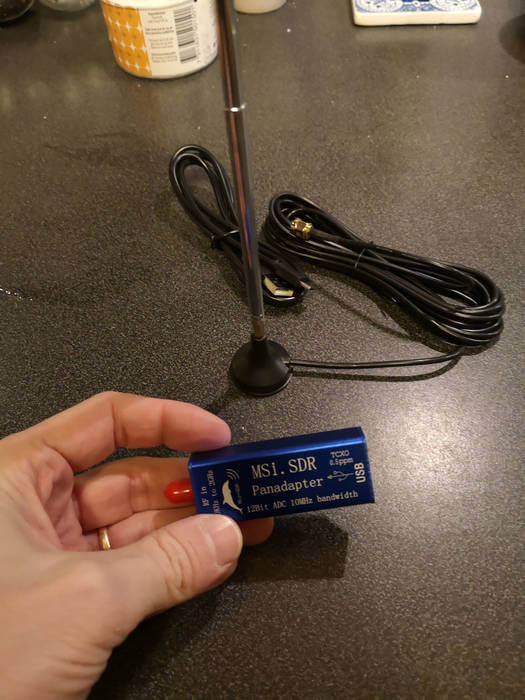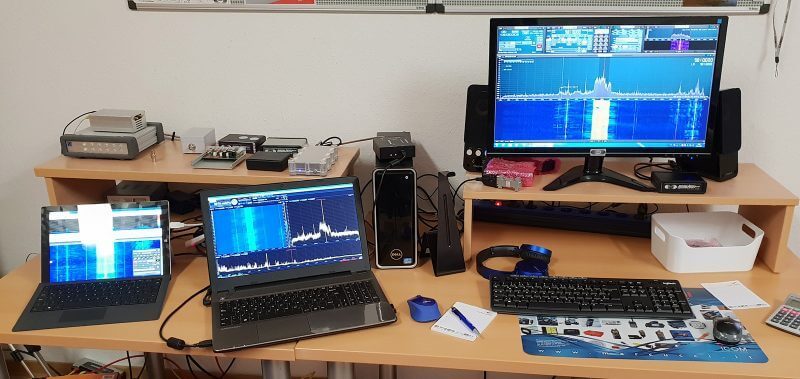Transferring Files via the BlockStream Satellite with Lightning Network Payments and RTL-SDR + Transacting Bitcoin over HF
The Blockstream satellite API is now live on the main Bitcoin network. Blockstream satellite is a project that aims to use geosynchronous satellites to strengthen the Bitcoin network by continuously broadcasting the Bitcoin blockchain all over the world. This allows people without internet access (or with censored internet) to receive Bitcoin. Setting up a Blockstream satellite receive station is a matter of building an RTL-SDR based receiver (or other GNU Radio compatible SDR) with a small satellite dish and LNB.
The API was also updated and this has enabled a feature that allows you to upload a file of up to 10 kB via the internet, which will then be transmitted via the satellites to anyone who is running a Blockstream RTL-SDR satellite receiver. Payment for the transmission is taken via the Bitcoin Lightning Network and transmissions appear to work on a priority basis, with larger payments receiving higher priority. The file is distributed to all receivers, so they note that private messages would need to be encrypted with public keys distributed to recipients in other ways. This service is similar to what the Othernet (prev. Outernet) network offered in the past with the ability to transmit data, tweets and APRS messages over their satellite network. We think that cheap small data satellite transmissions could have some interesting applications in remote control.
We're excited to announce the #SatelliteAPI is now on mainnet! Pay with ⚡️ to broadcast data globally! Satellite Receiver v1.3 is also now released. This required update increases bandwidth & reliability for small antennas & those with low SNR. ??️? https://t.co/hXy0uzQndO pic.twitter.com/h2IV7ZDZsj
— Blockstream (@Blockstream) March 12, 2019
In related news on CryptoNewsZ it has been reported that a bitcoin lightning network transaction was completed over the 20M amateur radio band. The transaction was completed with the JS8 digital mode, which is similar to FT8 but designed for weak signal usage. The message was sent via the help of twitter, with @eiaine first sending money to @nvk via the internet. @nvk then sent the Lightning Network invoice over 21 JS8 messages via the 20M band to @eiaine who received it, thus confirming that the transaction was completed.
BAM! #LightningNetwork invoice from me in #Toronto to @eiaine #SanFrancisco transmitted via 20m on JS8 then paid and broadcasted via iNet. 21 msgs ?
— NVK (@nvk) March 1, 2019
d5c7efecf8edb9c56aec87aa326dea0ffc483a8621a2f23a0e008e14397ce3c6
Bitcoin FTW pic.twitter.com/ZEEe7K3Q4A
